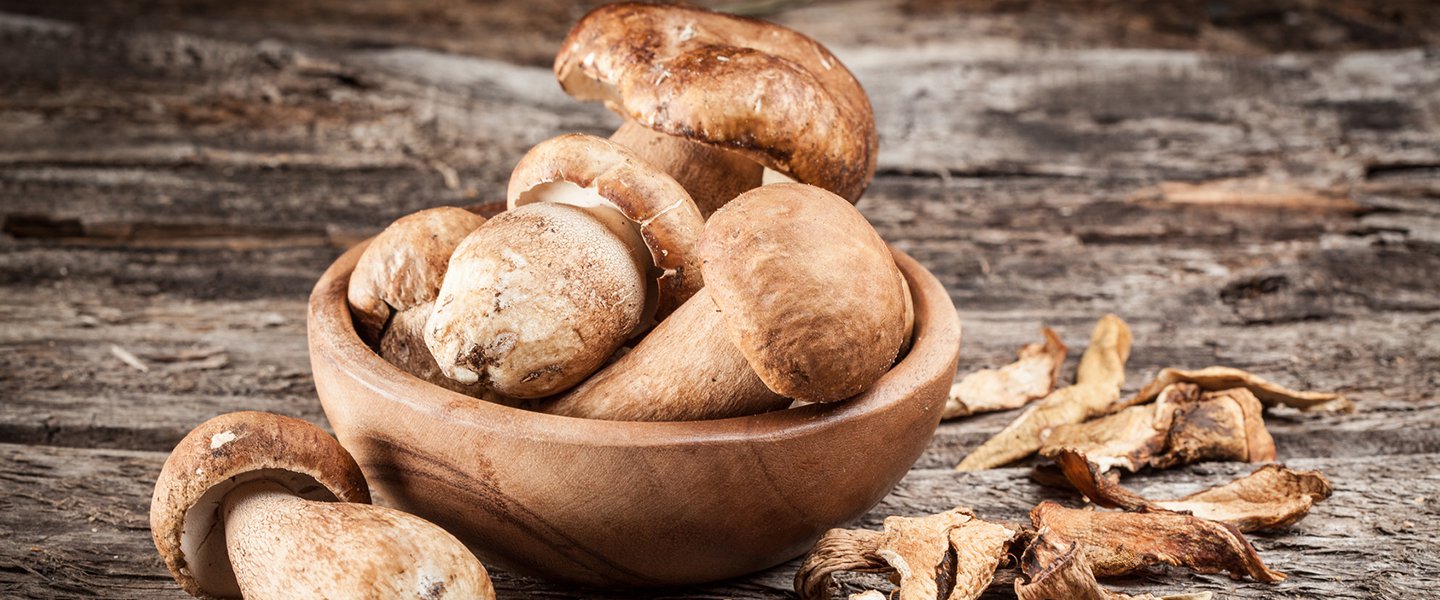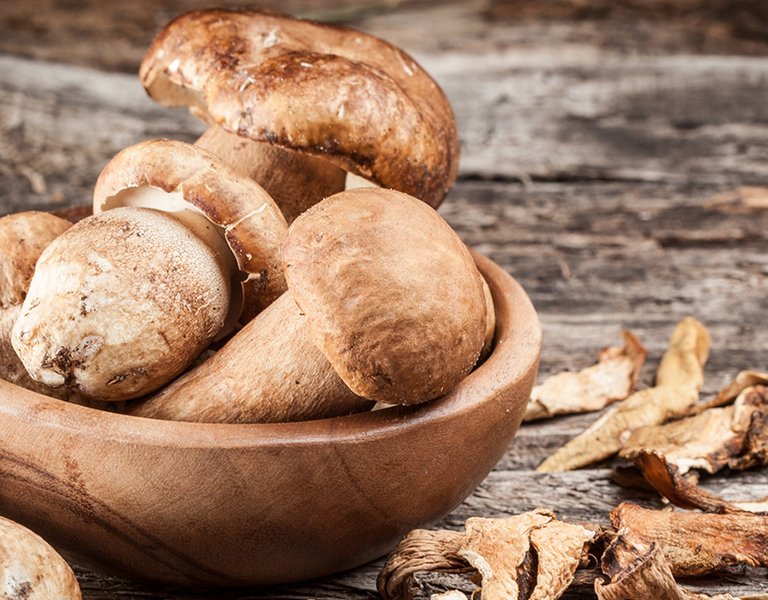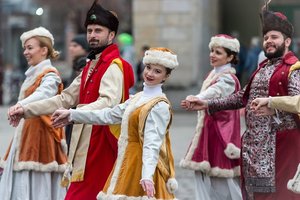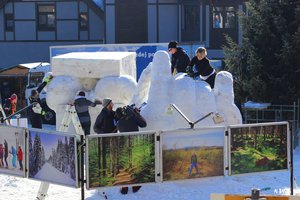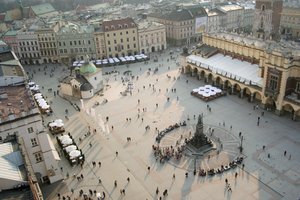Seven ways to brighten no-longer-golden and not only Polish autumn
When Golden Polish autumn has come and gone, and chilly showers and blustery winds usher in November, it’s worth arming oneself not only with an umbrella but also with a few brighteners to chase away the autumn blues. Here they are – seven ways to survive autumn straight from November Poland.
 Honey
Honey
Honey has been used in Polish cookery since time immemorial, and that’s not surprising. The exceptional qualities of honey help treat diseases (thanks to its antibacterial and anti-inflammatory properties) and also serve as a beauty-care aid. (It keeps the skin moist and firm as well as smoothens wrinkles!) It is good for colds and sore throats, helps calm frazzled nerves and facilitates restful sleep. It tastes great and works wonders in its simplest form – in hot milk or tea or on fresh buttered bread. A more adventurous eater will surely take a liking to original dishes served by the beekeepers of southern Poland’s Małopolska region including herring in honey, honeyed potatoes and even honey-flavoured chewing gum. Małopolska is the country’s best-known honey-producing region.
Mushrooming
Although the weather leaves much to be desired, even in late autumn we should not give up on physical activity. How to make it pleasant? Take to the forest! It’s mushroom-hunting time. Although mushrooming is mainly associated with the month of September, it should be borne in mind that even in November one can find such edible species as honey mushrooms, chanterelles, yellow knights and scaly hedgehogs. Lucky mushroomers may even stumble upon the noblest fungus of them all – the King Bolete. But if exercise, that invigorating autumn woodland scent and the joy of mushroom-picking haven’t encouraged you, perhaps the thought of delectable mushroom dishes will? An absolute must in Polish homes at Christmas time are mushroom-filled pierogi, tiny mushroom-filled soup ravioli (in Polish: uszka) and Poland’s national dish, bigos – a fragrant sauerkraut ragoût containing meat, prunes and mushrooms, often with a splash of red wine added. And of course there is delicious mushroom soup made with your own hand-picked forest mushrooms. If you don’t believe it, then take to the woods and see for yourself!
 Autumn-leaf herbarium
Autumn-leaf herbarium
They come in gold, brown, red and orange. Autumn leaves fascinate us during every autumn stroll. One way of using them is to create… an autumn herbarium. The first herbaria were referred to as “dry gardens” or “gardens of health,” because they contained dried herbs as well as information about their therapeutic properties. Initially herbaria were playthings of well-to-do physicians and nobles, but eventually universities began creating them for scientific purposes.
However, preparing a herbarium is an activity for not only researchers but a good pastime for everyone. How does one go about it?
Begin by drying the leaves themselves out well. As soon as possible after collecting them flatten them with a thick, heavy album or a book. Each specimen should be flattened out and placed between layers of newspaper or tissue paper which will absorb their moisture.
Next, carefully describe them and glue the cards onto the pages of a sketchpad with thick, stiff pages. Forget about plastic-foil sleeves in which mould can form. Do not fasten the leaves to the pages with adhesive tape. Instead, attach them to the page with thin strips of paper. If glue is insufficient, the thickest leaf fragments can be sewn into place.
What should the description include? Usually the Latin scientific name of the species and family, but the local name used in your locality may also be included. Note the place and date the leaf was collected as well as your own name, but that is optional. Because the most important element of this game is the game itself!
Autumn-leaf lantern
Scientists agree that the biggest problem affecting our brain in autumn is limited exposure to sunlight. That is why we like to light candles in our homes, and an alternative do-it-yourself project to the herbarium is an autumn-leaf lantern.
What is needed? Not much, only a jar, glue (starch) and multi-coloured leaves.
What needs to be done? Not much. Wash and dry the jar thoroughly, then dab its exterior at intervals with glue or your own home-made starch paste. Attach leaves to those glue dabs until the jar’s entire exterior surface is covered or until you feel your lantern is finished. When you are done, apply another coat of glue and let it dry. A natural rope or ribbons may be added for decoration. Place a candle inside, and there you have it!
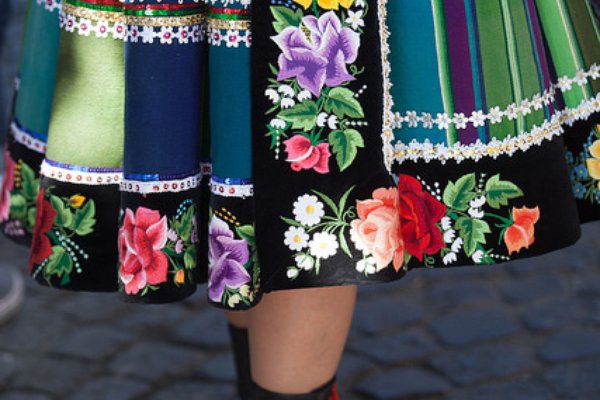 Household folk gadgets
Household folk gadgets
If you feel a lack of colour in autumn, and even the multi-coloured leaves don’t help, some colourful decoration can liven up your home. You can find them in shops featuring Polish folkcrafts or items inspired by Polish culture. Polish folk culture has left the shadows and returned to salons – figuratively and literally. In recent years, folk designs have again become fashionable, both in traditional form and contemporary versions. You may choose original folkcrafts such as embroidered table-cloths, hand-carved wooden jewellery boxes, embroidered cushions, Kurpie-style paper cut-outs and multi-coloured striped fabrics from the Łowicz region as well as mugs, cups, lamps, ring-binders and notepads adorned with such motifs. And they all display the vivid colours of the Polish countryside.
11 November
For Poles, 11 November this year is exceptional. On that day, Poland celebrates the centenary of its re-emergence on the map as an independent state. Across the country, from the Tatra Mountains to the Baltic coast, the occasion will be marked in big cities and small villages with observances commemorating the events of a century ago as well as those occurring over the past 100 years of Polish history. They will include races, concerts, workshop, exhibitions, tree-planting and lectures. See the full calendar of events marking the centenary of Poland’s regained independence and join us in celebrating the occasion!
Recalling holidays in Poland or… planning future ones
The taste of wild blueberries picked in northern Poland’s coniferous Tuchola Forest, a stroll across Monte Cassino square at the seaside resort of Sopot, the laborious climb to the top of Giewont and the view from the mountain lake known as Morskie Oko (Eye of the Sea)... Do you miss summer? Consider an evening for viewing photos of your Polish holidays. Invite friends over, feast on pierogi or grilled smoked highlander cheese with cranberry jam and return to Poland if only in memory. If that proves insufficient, plan your next trip and visit us as soon as possible.
Have you already seen the bucking billy goats of Poznan? What about the elves of Wroclaw or the Warsaw mermaid? If you fancy holidays in the bosom of nature, that is also not a problem. There are the mysterious Bieszczady Mountains, Masuria ‑ the land of a thousand lakes, the natural beaches of Slowinski National Park and many, many more natural attractions.
Poland.pl
26.10.2018
